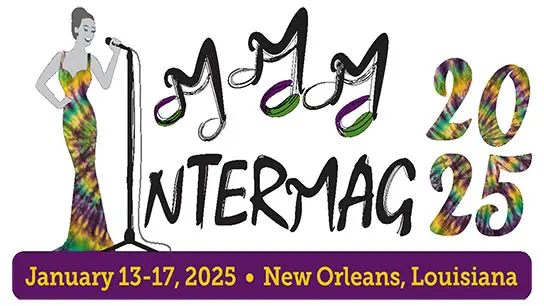AE-03 Phenomenology of Altermagnets and Structure, Dynamics and Control of Altermanetic Textures
Olena Gomonay, Volodymyr Kravchuk, Ricardo Jaeschke-Ubiergo, Konstyantin Yershov, Tomas Jungwirth, Libor Šmejkal, Jeroen van den Brink, Jairo Sinova
Oral
13 Jan 2025
We present a phenomenological theory of altermagnets, that captures their unique magnetization dynamics and allows modelling magnetic textures in this new magnetic phase. The main ingredient of the theory is an altermagnetic order parameter that describes the local environment of the magnetic atoms. In combination with the sublattice magnetizations of the Néel, this order parameter allows to generalize a standard micromagnetic approach to the dynamics of altermagnetic systems and to predict non-trivial magnetic contributions in transport and optical tensors (e.g. crystal Hall conductivity or odd magneto-optical dichroism). We illustrate the application of the theory to the different types of altermagnets and show nontrivial altermagnetic effects that appear in the altermagnetic textures and their dynamics [3,4]. In particular, we can explain intuitively the characteristic lifted degeneracy of their magnon spectra, by the emergence of an effective sublattice-dependent anisotropic spin stiffness arising naturally from the phenomenological theory. We show that as a consequence the altermagnetic domain walls, in contrast to antiferromagnets, have a finite gradient of the magnetization, with its strength and gradient direction connected to the altermagnetic anisotropy, even for 1800 domain walls. This gradient generates a ponderomotive force in the domain wall in the presence of a strongly inhomogeneous external magnetic field, which may be achieved through magnetic force microscopy techniques. The motion of these altermagentic domain walls is also characterized by an anisotropic Walker breakdown, with much higher speed limits of propagation than ferromagnets but lower than antiferromagnets. We also show that bending the film without stretching induces a local magnetization proportional to the gradient of the film curvature. The amplitude of the magnetization directly reflects the altermagnetic symmetry and depends on the direction of bending. Its angular distribution correlates with that of the altermagnetic splitting of the magnon and electronic bands.References: [1] Šmejkal, L., González-Hernández, R., Jungwirth, T., & Sinova, J. (2020). Crystal time-reversal symmetry breaking and spontaneous Hall effect in collinear antiferromagnets. Science Advances, 6(23), eaaz8809. https://doi.org/10.1126/sciadv.aaz8809 [2] V.V. Eremenko & N.F. Kharchenko. Magneto-optics of antiferromagnets. (1987) Phys. Rep.(Review Section of Physics Letters) 155, 379. [3] O. Gomonay, V. P. Kravchuk, R. Jaeschke-Ubiergo, K. V. Yershov, T. Jungwirth, L. Šmejkal, J. van den Brink, J. Sinova (2024) Structure, control, and dynamics of altermagnetic textures arXiv:2403.10218 [4] K. Yershov, O. Gomonay, J. Sinova, J. van den Brink, V. Kravchuk. (2024) Curvature induced magnetization of altermagnetic films arXiv:2406.05103
